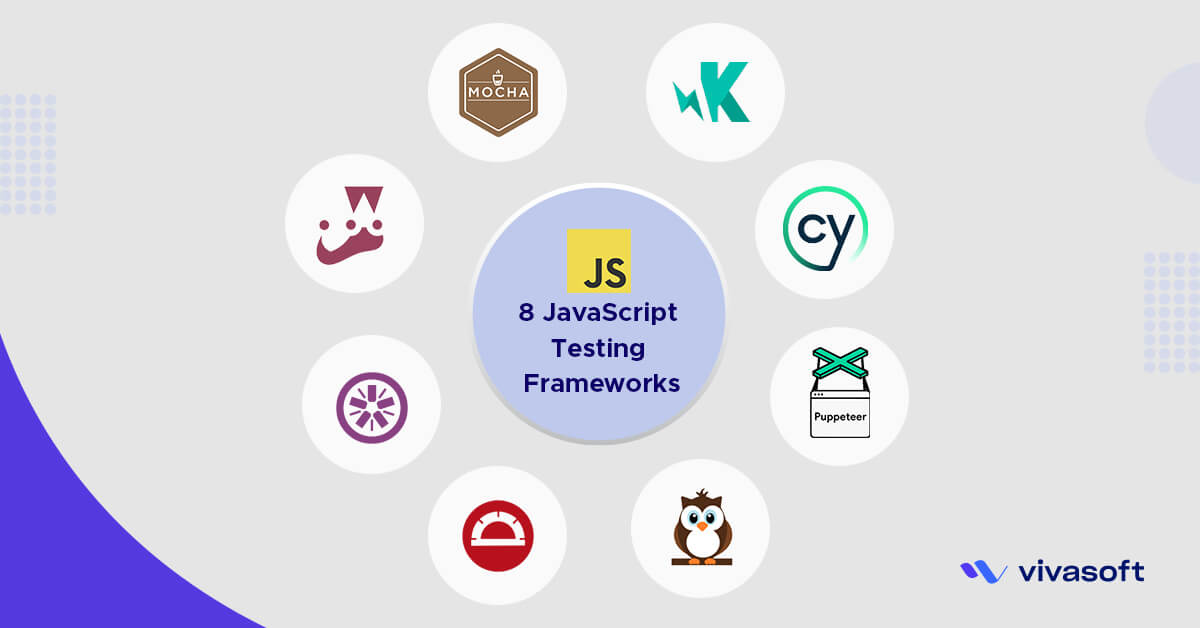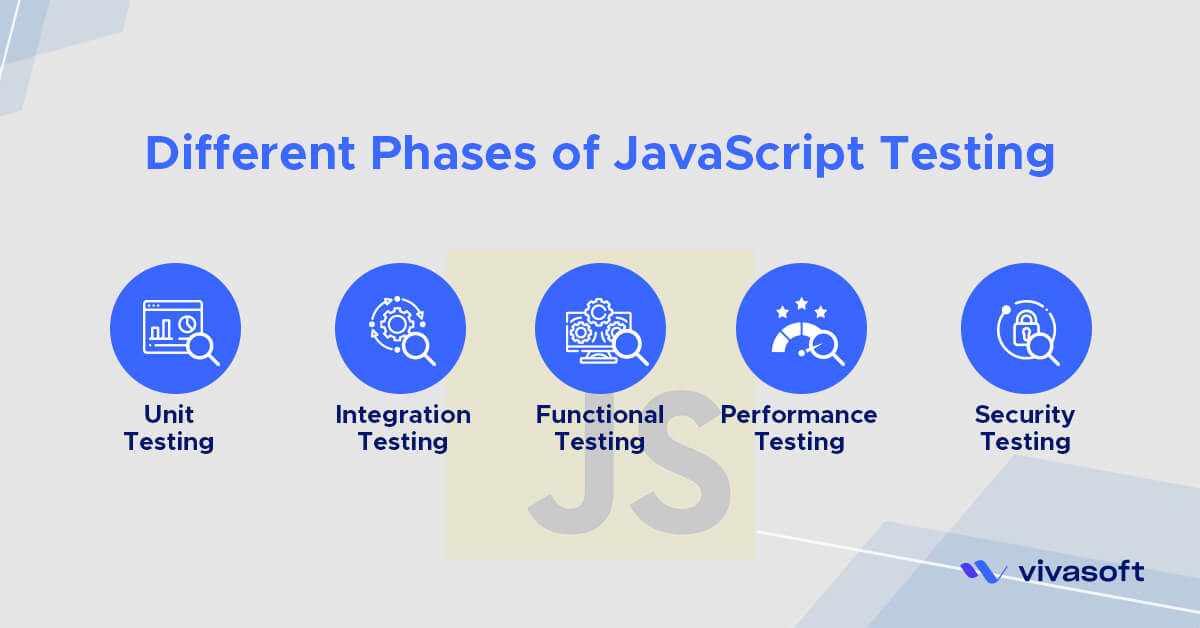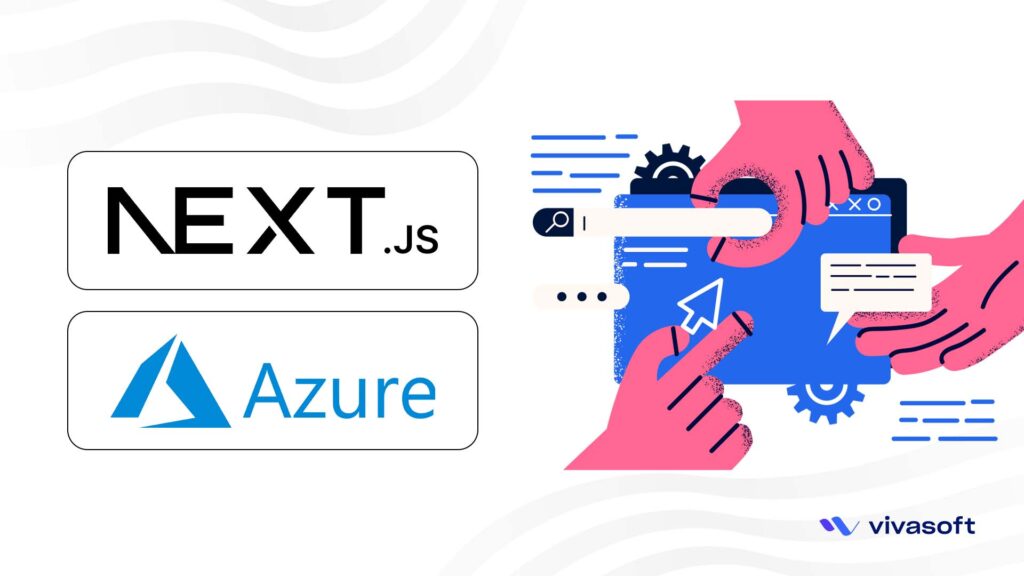In the realm of software engineering, testing is an essential component in guaranteeing the caliber and dependability of applications. However, testing can be a complex and time-consuming task, often involving repetitive processes. In order to optimize this process, programmers depend on testing frameworks that offer a systematic method for composing and running tests. The popularity of JavaScript as a web development programming language has led to significant adoption of JavaScript testing frameworks.
In this article, we shall delve into the top 8 JavaScript testing frameworks and analyze their characteristics and appropriateness for various application types.
What is Testing Framework and Why is It Important
A testing framework comprises a set of tools, libraries, and protocols that simplify the process of creating, executing, and analyzing tests. The platform offers a systematic framework for programmers to script test scenarios and streamlines diverse facets of the testing workflow. Testing frameworks are essential in software development for various reasons:
1. Maintain Code Quality
Testing frameworks help developers ensure that their code functions as expected and adheres to predefined specifications. By implementing automated testing, developers can detect and rectify bugs and errors at an early stage of the development cycle, thereby enhancing the quality of the code and minimizing the possibility of problems in production.
2. Increase Development Speed
By utilizing testing frameworks, developers can enhance their development speed as these frameworks provide a uniform methodology for writing tests, simplifying the process of creating and managing test cases. This optimizes the development process by minimizing the duration dedicated to manual testing and facilitating expedited feedback loops.
3. Facilitate Collaboration
Testing frameworks enable effective collaboration between developers and QA engineers by providing a standardized language and structure for writing tests. By leveraging a uniform framework, the team can facilitate comprehension and participation in testing endeavors, thereby guaranteeing thorough test coverage.
Different Phases of JavaScript Testing
The testing process usually involves several phases, each with a specific purpose. The aforementioned phases are subject to variation based on the development methodology and project requirements. Here are the primary stages of testing:
1. Unit Testing:
The process of testing individual units or components of the application in isolation is called unit testing. The approach emphasizes unit testing to validate the accuracy of discrete, encapsulated segments of code, such as methods or objects. The utilization of unit tests facilitates the detection and resolution of bugs in the early stages, thereby enhancing the maintainability of code and minimizing the possibility of regression problems.
2. Integration Testing
Integration testing is performed to verify the proper functioning of the interactions between various modules or components of the application. The function verifies the expected operation of the integrated system and identifies any issues resulting from codebase interactions. Integration tests are essential for detecting compatibility and communication issues at an early stage of development.
3. Functional Testing:
Functional testing is performed to assess the application’s behavior in accordance with functional requirements and specifications. The approach centers on conducting end-to-end testing of the application, emulating user actions, and validating that the system executes its designated operations accurately. Functional tests are responsible for validating end-to-end scenarios and verifying that the application satisfies the intended functional requirements.
4. Performance Testing:
Performance testing evaluates the speed, scalability, and stability of the application under different load conditions. The program conducts measurements and analysis of the application’s response times, resource usage, and throughput to detect performance bottlenecks and areas that may be optimized. Performance tests are essential to verify that the application can manage the anticipated user load without any performance degradation.
5. Security Testing:
The objective of security testing is to detect potential vulnerabilities and flaws in the application that may be abused by malicious entities. The process entails conducting tests to identify prevalent security vulnerabilities, such as XSS, SQL injection, and authentication weaknesses. Through the execution of security tests, developers can detect and resolve security weaknesses prior to the deployment of the application.

Top 8 JavaScript Testing Frameworks
1. Mocha
Mocha is among the earliest and most widely used JavaScript testing frameworks. It was created by T.J. Holowaychuk in 2011. Since then, it has been widely adopted by the JavaScript community. Mocha is a flexible framework for testing various forms of applications, including web applications, server-side applications, and browser extensions. It supports BDD (Behavior-Driven Development) and TDD (Test-Driven Development), making it suitable for developers with varying testing preferences.
Features:
Built-in modules and libraries:
Mocha provides a flexible and extensible testing environment, allowing developers to choose their preferred assertion libraries and mocking frameworks.
Asynchronous Testing:
Mocha supports testing asynchronous code through the use of callbacks, Promises, or async/await syntax.
Rich Reporting:
It offers detailed reporting capabilities, including customizable test output and support for generating test coverage reports.Browser Support:
Mocha can run tests in both Node.js environments and web browsers, making it suitable for cross-platform testing.
2. Jest
Jest is a widely used JavaScript testing framework that was developed by Facebook. This framework is renowned for its simplicity, user-friendliness, and extensive range of functionalities. Jest is an ideal testing framework for React applications, but it has the versatility to be applied to any JavaScript project.
Features:
Zero Configuration:
Jest provides a seamless testing experience by requiring minimal configuration. It includes built-in support for common testing scenarios, such as mocking modules and handling asynchronous code.
Snapshot Testing:
Jest introduces the concept of snapshot testing, where it captures the output of a component or function and compares it to a stored snapshot. This approach simplifies regression testing and makes it easy to detect unexpected changes in the application’s output.
Code Coverage:
Jest comes with built-in code coverage reporting, allowing developers to assess the percentage of code covered by tests and identify areas that require additional testing.
Powerful Mocking:
Jest offers powerful mocking capabilities, allowing developers to create mock functions, modules, and dependencies with ease. This simplifies the testing of complex scenarios and improves test isolation.
3. Jasmine
Jasmine is a behavior-driven development (BDD) testing framework for JavaScript. It focuses on readability and provides an expressive syntax that resembles natural language.
Features
Readable Syntax:
Jasmine’s syntax is designed to be human-readable, making it easy for developers and stakeholders to understand the test cases without deep technical knowledge.
Easy Setup and Teardown:
Jasmine provides clear and concise ways to set up the test environment before each test and clean up afterward, ensuring test isolation and preventing interference between test cases.
Spies and Mocks:
Jasmine offers built-in support for creating spies and mocks, allowing developers to verify function invocations, track method calls, and simulate dependencies.
Built-in Matchers:
Jasmine includes a rich set of built-in matchers for common assertions, enabling developers to express expected outcomes in a natural and readable manner.
4. Karma
Karma is a test runner for JavaScript that enables developers to execute tests in multiple browsers and environments. It provides an ideal solution for cross-browser testing and continuous integration setups.
Features
Cross-Browser Testing:
Karma allows developers to run tests in real browsers, ensuring compatibility across different browser environments. It supports popular browsers like Chrome, Firefox, Safari, and Internet Explorer.
Continuous Integration:
Karma integrates seamlessly with popular continuous integration (CI) systems, such as Jenkins and Travis CI, enabling automated test execution and reporting.
Test Watcher:
Karma includes a test watcher that monitors file changes and automatically re-executes relevant tests, providing rapid feedback during development.
Extensibility:
Karma can be extended through plugins, allowing developers to customize its behavior and integrate it with additional tools and frameworks.
5. Puppeteer
Puppeteer is a library in Node.js that offers a high-level API for managing headless Chrome or Chromium browsers. Although Puppeteer is mainly utilized for automating browsers, it can also be utilized for end-to-end testing situations.
Features
Browser Automation:
Puppeteer allows developers to automate browser interactions, such as navigating pages, clicking elements, filling forms, and capturing screenshots. This makes it suitable for simulating user actions during testing.
Testing Framework Integration:
Puppeteer can be easily integrated with other testing frameworks like Mocha or Jest to create end-to-end tests that span multiple pages and simulate complex user flows.
Network Interception and Manipulation:
Puppeteer enables developers to intercept and modify network requests, enabling scenarios like mocking API responses or testing network performance.
Visual Regression Testing:
Puppeteer can capture screenshots or generate PDFs of web pages, making it useful for visual regression testing to detect unintended changes in the application’s appearance.
6. Nightwatch
Nightwatch is a JavaScript-based automation framework for web browsers that leverages the WebDriver API to perform end-to-end testing of web applications. It abstracts the complexities involved in scripting and running tests on various browsers and platforms.
Features
-
Built-in Test Runner:
Nightwatch includes a built-in test runner that executes tests in parallel, providing fast feedback on test results. -
Cross-Browser Testing:
Nightwatch supports running tests on various browsers, including Chrome, Firefox, Safari, and Internet Explorer. It provides a unified API for browser automation, ensuring consistent test execution across different environments. -
Page Object Model:
Nightwatch encourages the use of the Page Object Model (POM), which helps improve test maintainability and reusability by separating test code from page-specific implementation details. -
Custom Commands:
Nightwatch allows developers to define custom commands, extending the framework’s capabilities and promoting code reuse across test cases.
7. Cypress
Cypress is a cutting-edge end-to-end testing framework designed for web applications. The program prioritizes simplicity, speed, and reliability by utilizing a distinct architecture that eradicates the unreliability commonly observed in conventional testing software.
Features
-
Time Travel Debugging:
Cypress provides a unique feature called time travel debugging, allowing developers to step through the application’s code at any point during test execution. This helps diagnose issues quickly and provides deep insights into the application’s behavior. -
Automatic Waiting and Retrying:
Cypress automatically waits for elements and assertions before executing the next command, eliminating the need for explicit timeouts and improving test reliability. It also retries failed commands automatically, reducing false negatives due to transient issues. Real-Time Reloads:
Cypress offers real-time reloading during test development, instantly reflecting code changes in the browser. This speeds up the test iteration cycle and promotes a fast feedback loop.-
Network and DOM Control:
Cypress provides full control over the network traffic and DOM manipulation, allowing developers to stub or intercept network requests and modify the application’s state during tests.
8. Protractor
Protractor is an end-to-end testing framework that is specifically tailored for Angular applications. The program utilizes WebDriver’s capabilities to automate Angular web page interactions and conduct thorough testing.
Features
-
Angular-Specific API:
Protractor includes an Angular-specific API that simplifies the testing of Angular-specific features, such as Angular directives, bindings, and services. -
Automatic Synchronization:
Protractor automatically waits for Angular to stabilize before executing each test step, ensuring that the application is in a consistent state. This eliminates the need for explicit waits and provides a reliable testing experience. -
AngularJS Compatibility:
Protractor supports both AngularJS (Angular 1.x) and Angular (Angular 2+) applications, making it suitable for projects using different versions of Angular. -
Integration with Testing Frameworks:
Protractor integrates well with popular JavaScript testing frameworks like Jasmine and Mocha, allowing developers to write tests using familiar syntax and tools.
How to Get the Best Out of JavaScript Development and Testing
1. Embrace Test-Driven Development (TDD)
Implementing a test-driven development methodology can significantly improve the caliber and sustainability of your code. By implementing unit tests prior to coding, you guarantee that your code is architected for testability and satisfies the specified requirements.
2. Automate Testing
Consider implementing test automation to optimize efficiency and reduce workload over time. The implementation of automation facilitates expedited execution, frequent testing, and simplified regression testing. Utilize testing frameworks, such as the aforementioned ones, for process optimization and enhanced efficiency.
3. Maintain a Comprehensive Test Suite
Configure a test suite that encompasses various test categories such as unit tests, integration tests, functional tests, performance tests, and security tests. This guarantees that your program undergoes comprehensive testing and is robust against potential problems.
4. Continuous Integration and Continuous Deployment (CI/CD)
Integrate CI/CD practices for automated testing and deployment. This facilitates early issue detection and guarantees that your application is consistently in a releasable state. One can leverage tools such as Jenkins, Travis CI, and GitLab CI/CD for achieving smooth integration and deployment.
5. Collaborate and Share Knowledge
Integrate CI/CD practices for automated testing and deployment. This facilitates early issue detection and guarantees that your application is consistently in a releasable state. One can leverage tools such as Jenkins, Travis CI, and GitLab CI/CD for achieving smooth integration and deployment.
Our Recommendation: Vivasoft
If you are in need of hiring JavaScript developers and testers or seeking dedicated JavaScript expertise for your project, consider Vivasoft. Vivasoft is a well-known software development company with a skilled team of JavaScript developers who can deliver customized, high-quality solutions tailored to your specific requirements.
Contact us today to learn competent JavaScript developers. Vivasoft can provide the essential skills and resources for successful development and testing.
Final Thoughts
Testing frameworks in JavaScript are essential for guaranteeing the dependability and excellence of applications. Through the implementation of testing automation and the establishment of a systematic framework for test creation and execution, developers can detect errors at an early stage, enhance code excellence, and expedite the development cycle.
This article includes the top 8 JavaScript testing frameworks, each with its own set of features and scopes for various application types. Taking advantage of these frameworks in your development and testing process can enhance the delivery of sturdy and dependable JavaScript applications.


















